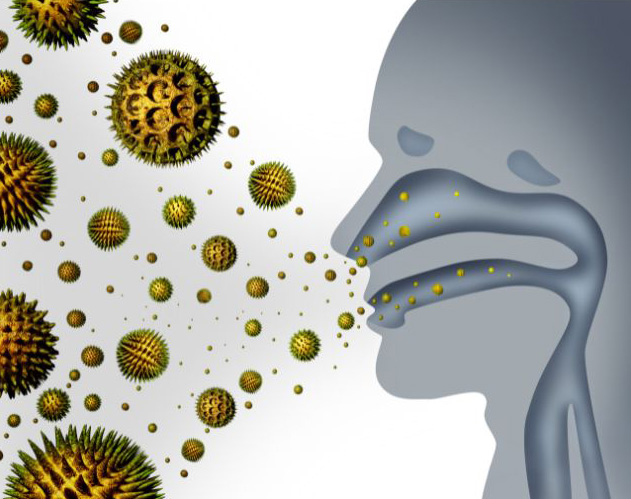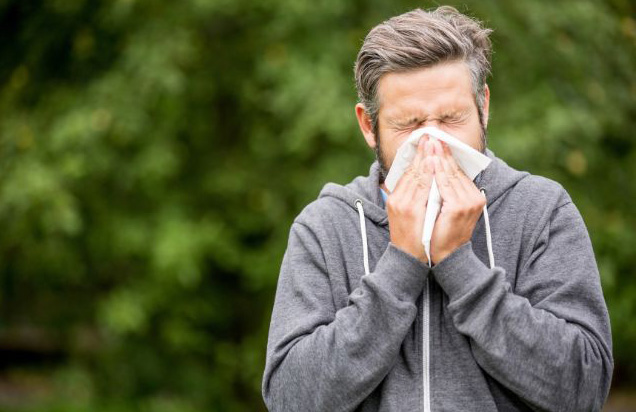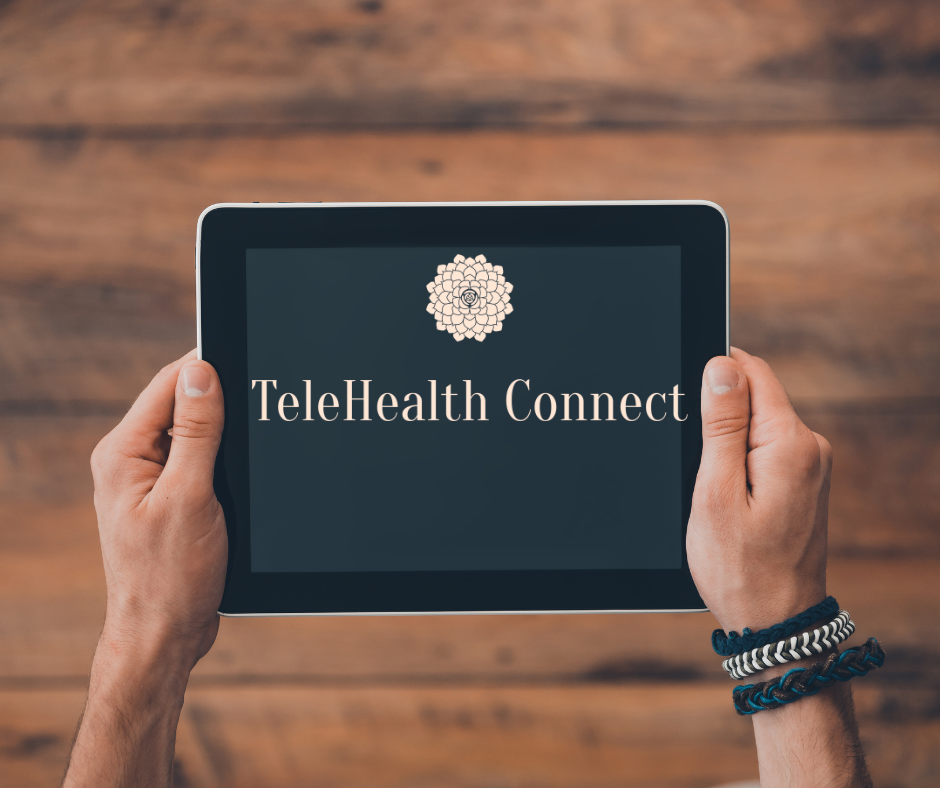Spring blooms and autumn breezes bring vibrant changes, but for millions of Americans, these seasons also signal the start of relentless sneezing, congestion, and itchy eyes associated with hay fever. Seasonal allergies, or allergic rhinitis, can make you miserable, often requiring prompt medical attention. Fortunately, technology has revolutionized how we access and manage these common symptoms. Telehealth offers a safe, convenient, and effective way to receive specialized care from the comfort of your own home, making telehealth treatment for seasonal allergies a powerful tool in your wellness arsenal.
Understanding Seasonal Allergies: Why We Suffer

Seasonal allergic rhinitis, commonly known as hay fever, occurs when your immune system misidentifies a harmless airborne substance, typically pollen, as an intruder. The immune system reacts by releasing histamine and other chemical mediators, which trigger symptoms in the nose, throat, eyes, ears, skin, and the roof of the mouth.
Common Triggers and Symptoms
Seasonal allergic rhinitis is most often caused by pollen carried in the air during specific times of the year. While symptoms tend to flare up in the spring and fall, exposure to irritants like smoke, strong odors, or even changes in air temperature and humidity can also increase sensitivity due to inflammation in the nasal lining.
Classic symptoms of seasonal allergies include:
- Itching in the nose, roof of the mouth, throat, and eyes.
- Persistent sneezing.
- Stuffy nose (congestion) and runny nose.
- Tearing eyes.
- Dark circles under the eyes.
The Role of the Specialist in Diagnosis
A critical step in managing symptoms is accurate diagnosis. An allergist/immunologist has the specialized training necessary to identify the specific allergens that trigger your illness. They typically conduct a thorough health history followed by allergy testing, such as skin tests or blood tests, to determine your specific triggers.
The Benefits of Modern Digital Care

Telehealth, sometimes called e-health or m-health, uses digital information and communication technologies, like computers, smartphones, and mobile devices, to provide remote healthcare services. This model offers substantial advantages for allergy sufferers:
- Improved Access: Telehealth extends the geographic reach and expertise of physicians, providing millions of people in both rural and urban areas with access to appropriate care when and where they need it.
- Convenience and Efficiency: Virtual visits reduce travel time and related stresses for patients. This allows individuals with limited mobility, time, or transportation to receive care more easily.
- Consistent Quality: Studies have consistently demonstrated that the quality of healthcare services delivered via telehealth is as good as, and in some cases superior to, traditional in-person consultations.
- Safety: Telehealth allows patients to manage conditions without needing to travel, offering a crucial way to distance themselves from others, which was particularly important during the COVID-19 pandemic.
Telehealth Treatment for Seasonal Allergies: Managing Symptoms from Home

Telehealth treatment for seasonal allergies utilizes virtual modalities to ensure patients receive timely consultations, prescription adjustments, and comprehensive management plans without leaving the comfort of their own homes.
Virtual Visits for Consultation and Prescription
Virtual Visits are live, synchronous, interactive encounters conducted via video, telephone, or live chat between you and a healthcare provider. These appointments are ideal for primary allergy care and management:
- Initial Consultations: You can consult with a provider to discuss your symptoms (such as a runny nose, itchy eyes, and sneezing) and receive information about your condition or potential diagnosis.
- Medication Planning: Allergy medications, such as oral antihistamines (like loratadine or cetirizine) and nasal corticosteroid sprays (like fluticasone propionate), work best when started before allergy symptoms fully develop each spring. A virtual visit allows your provider to arrange for prescriptions quickly.
- Refills and Adjustments: Secure patient portals will enable you to message your provider, request prescription refills, and review test results and visit summaries.
Integrating Avoidance Strategies
A key part of allergy management is developing a plan to avoid triggers. Telehealth makes integrating these strategies easier:
- Pollen Monitoring: Providers can direct you to resources like the National Allergy Bureau (NAB), which provides accurate pollen and mold level information. By checking local pollen counts via the internet or a mobile app, you can limit outdoor activities during high-count times, as recommended.
- Home Management Guidance: Providers can advise on avoidance measures virtually, such as recommending the use of high-efficiency particulate air (HEPA) filters in your home or air conditioning in your car, and keeping windows closed when pollen counts are high.
Key Telehealth Modalities for Allergy Care
Beyond simple video chats, modern telehealth treatment for seasonal allergies utilizes several technological approaches:
- Virtual Visits: Live interactions used for diagnosis, consultation, and treatment plan development.
- Chat-based Interactions: Asynchronous online or mobile communications used to transmit personal health data and receive a consultation or treatment plan from a provider at a later time.
- Remote Patient Monitoring (RPM): Although perhaps more often used for chronic diseases like diabetes, wearable sensors or mobile apps can be used to upload data (like activity or sleep patterns, which may be disrupted by allergy symptoms) to your care team for ongoing monitoring.
- Patient Portals: Secure online tools enabling messaging, reviewing past visit summaries, checking test results, and requesting prescription refills.
Important Considerations for Virtual Care
While telehealth is a robust and effective modality, it does have limitations. Providers cannot perform an in-person physical exam, which can sometimes impact a diagnosis. Therefore, it is important to understand the technology requirements for a smooth virtual visit. You only need a computer, smartphone, or tablet with internet access. Ensure you have a quiet, private location and that your technology (software, apps, camera, microphone) is set up correctly.
Take Control of Your Allergy Season Today

Don’t let sneezing, congestion, and watery eyes dominate your life this season. Leveraging telehealth treatment for seasonal allergies provides a unique combination of convenience and specialized care, ensuring you get the right medication and management plan at the right time—often before symptoms even start. The quality of care provided through telehealth is comparable to traditional consultation, often with the added benefit of reduced travel and stress.
To begin your path toward clearer breathing and symptom relief, schedule an appointment with us to discuss your seasonal allergy needs and explore the best virtual treatment options tailored to your specific needs.
Explore how telehealth can totally change your health game with these related articles:


